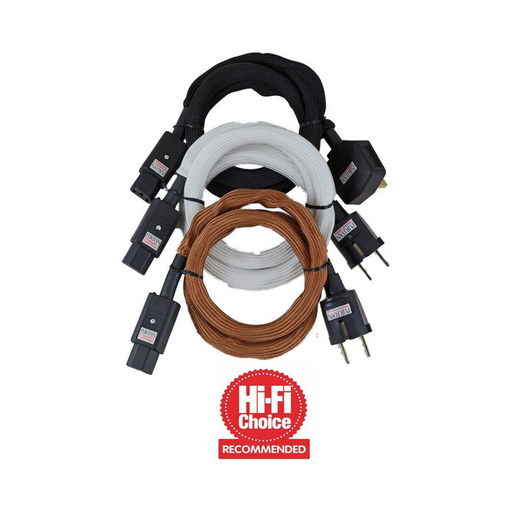
Cyrus 40 Amplifier
The Cyrus 40 AMP represents a significant evolution in Cyrus Audio's lineup, introducing a fresh design and enhanced performance to the integrated amplifier market. Design and Build Departing from its traditional half-width chassis, Cyrus has crafted the 40 AMP with...




